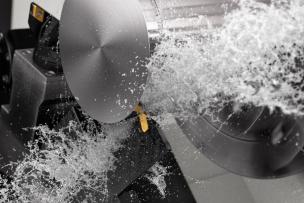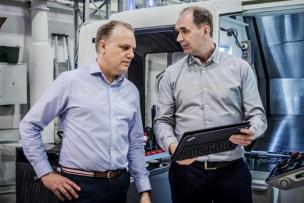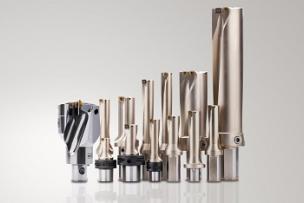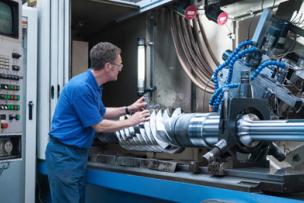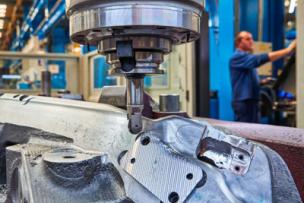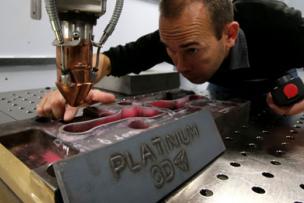One of the manufacturing megatrends of the recent decades is to simplify and minimize the number of machining setups required to produce a specific component.
Mobile solutions and calculators have helped operators and programmers become more efficient by delivering accurate speeds and feeds and any other technical information required in their day-to-day operation, such as choosing the correct tool or insert for the application.
Machine tool operators must contend with unwelcome vibrations when metal cutting.
Insert grades that do not chemically react with titanium.
How do you handle the complexity of cutting metal in today’s high performance machining and high output production runs?
When it comes to increasing productivity, having more machine tool axes is almost always better. Here’s why.
Is your high-performance machining output off the mark? It may be time to revisit the complete tooling system you are using—not just the latest cutting tool technology.
Materials used in the medical industry, specifically orthopedic surgery, have come a long way.
Powder fusion beds may rule the roost, but newer polymer and metal “ink” sprayed parts promise faster builds in less time.

